The day was nearly won by Bonaparte so that Wellington called the battle a "damn close-run thing".
The French cavalry, led by Marshal Ney, charged in a mass but were successfully received by the British Infantry squares and foundered, leaving Bonaparte with a badly-mauled cavalry.
Later, however, Boney rallied his troops, sent in the Imperial guard and was on the point of winning the whole battle.
Then Prince Blucher and his Prussian army arrived in the nick of time and rolled up his flank.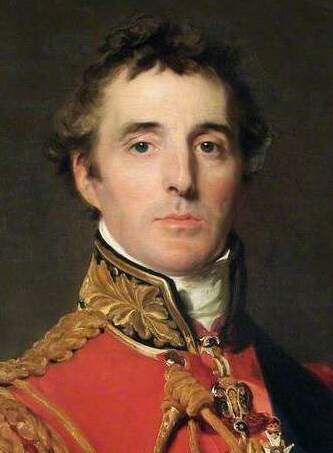
Field Marshal the Duke of Wellington - "Arthur" or "Old Nosey" as the British troops called him
In fact, the battle was won because there was another uprising in the Vendée by the Catholic and Royalist peasantry and their nobility. Bonaparte had to detach 2 Divisions to deal with the uprising - the most recent of many since the start of the Revolution - because he knew what valiant and tenancious fighters these Vendeans were.
The Vendeans fought under the banner of the Sacred Heart of Jesus and that of the Bourbons and they represented the true Catholic heart of France having been prepared for their great struggle for the Faith by none other than St Louis-Marie Grignon de Montfort, the great missionary saint of the previous century.
The war in Vendée was at its most intense from 1793 to 1799 when, after the most savage reprisals and what Reynald Secher has not hesitated to call a "Franco-French genocide", the newly appointed Consul, Napoleon Bonaparte, agreed to restore to them their religious practice and to exempt them from the revolutionary militia - two of their primary aims (the third being to restore the King). The 21-year-old Henri, Marquis de Larochejacquelein, leading the Vendeans from the front
The 21-year-old Henri, Marquis de Larochejacquelein, leading the Vendeans from the front
The war later broke out again, especially in 1813, 1814 and 1815. During the Hundred Days in 1815, the population of Vendée remained loyal to King Louis XVIII, forcing Bonaparte – who was short of troops to fight the Waterloo Campaign – to send a force of 10,000 (according to other sources 20,000) under the command of Jean Maximilien Lamarque to pacify the region.
Without these troops Bonaparte lost the Battle of Waterloo and went permananetly into exile until his death on the island of St Helena.
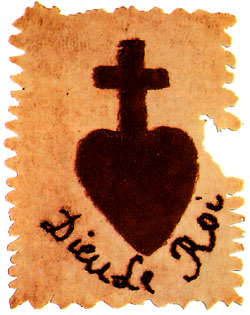 The symbol of the Vendean Catholic Royalists - the Sacred Heart of Jesus surmounted by a Cross with the motto: "God - the King".
The symbol of the Vendean Catholic Royalists - the Sacred Heart of Jesus surmounted by a Cross with the motto: "God - the King".
The following video selection tells the story of the earlier Vendean uprisings and the grotesque genocide practised by the revolutionaries against their own countrymen and women.
...








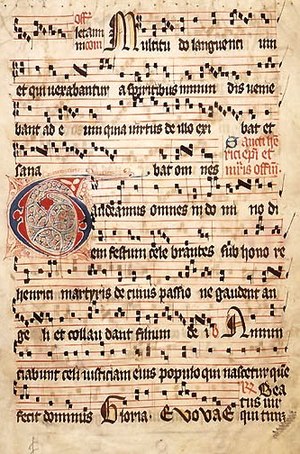

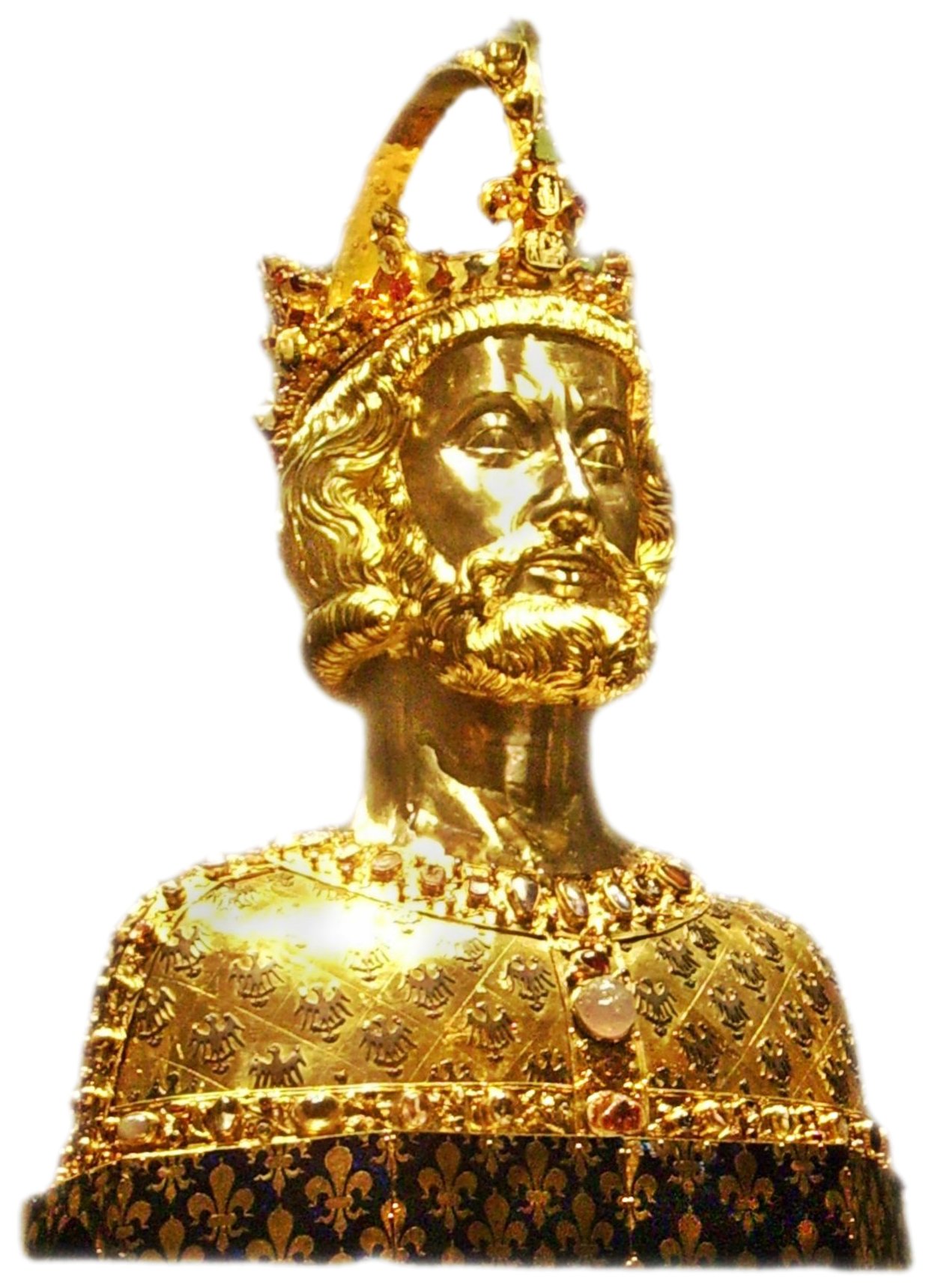



.jpg)


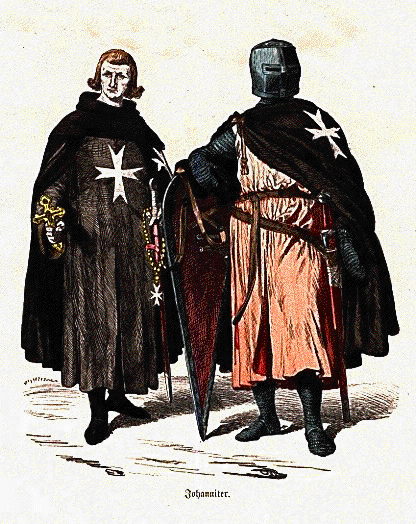

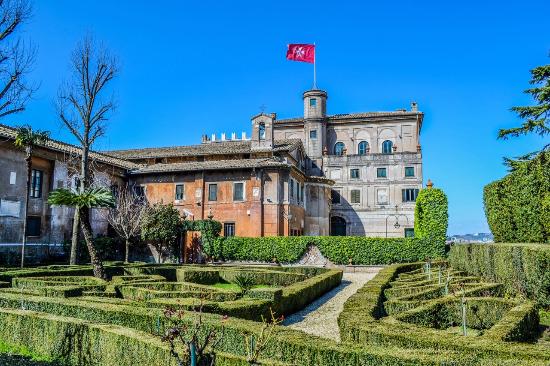


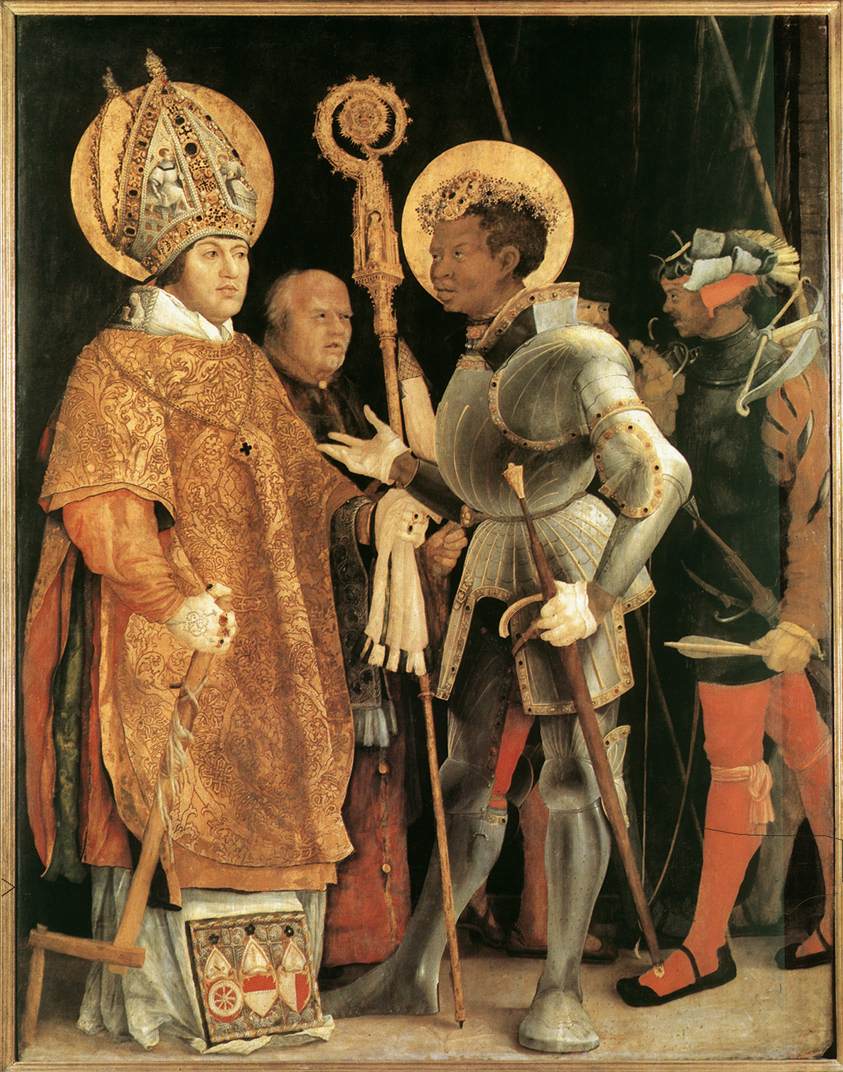
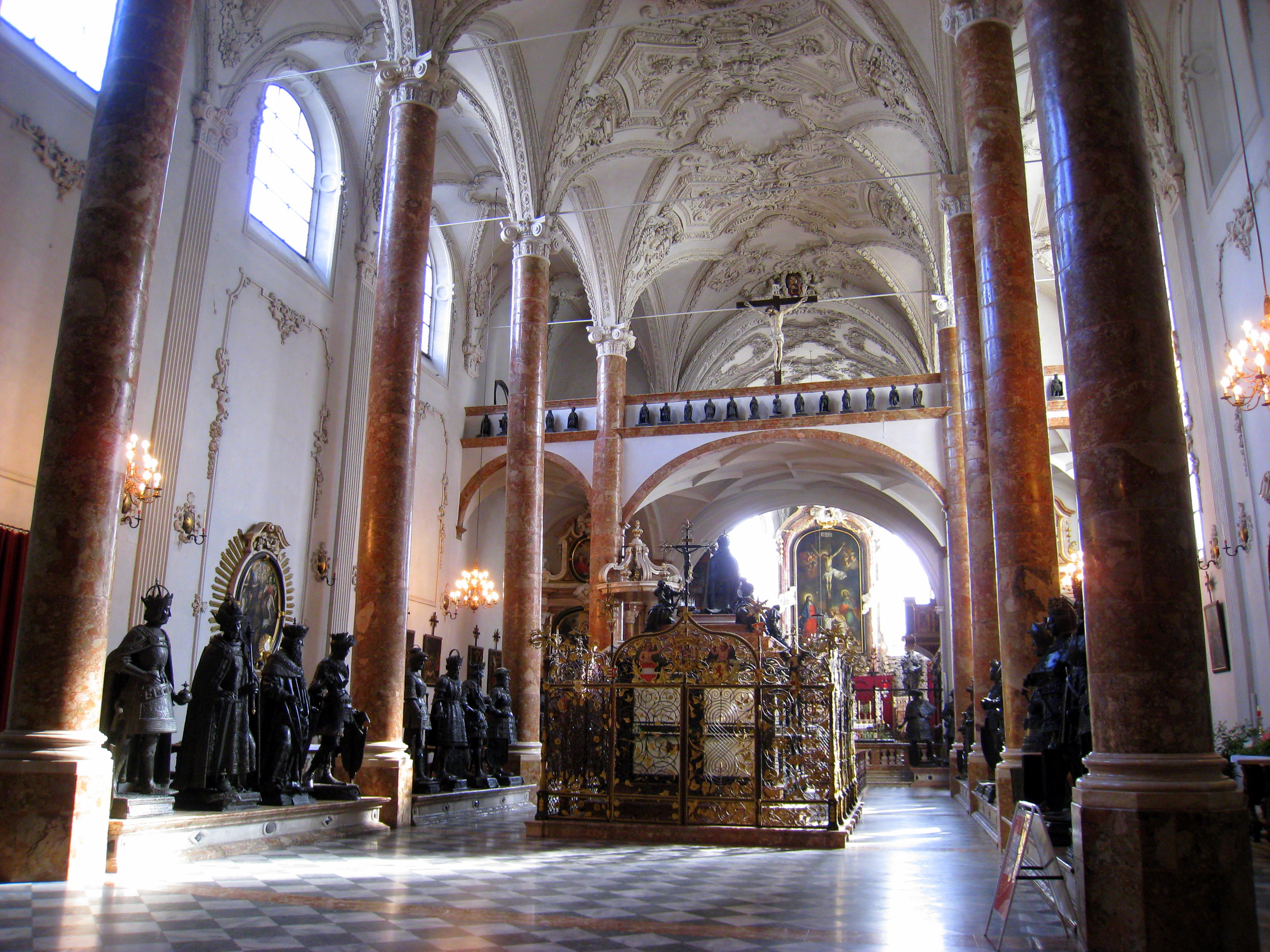


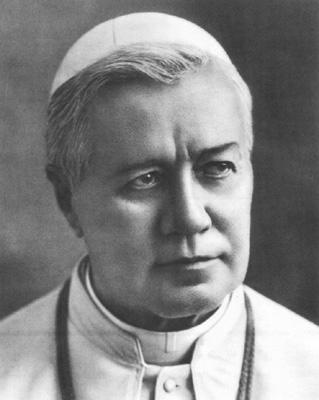






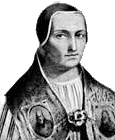







_-002.jpg/220px-Circle_of_Anton_Raphael_Mengs,_Henry_Benedict_Maria_Clement_Stuart,_Cardinal_York_(ca_1750)_-002.jpg)



2 comments:
Thank you for this post, Tribunus. I had been unaware that the Ogre's final defeat was on account of my ancestral home the Vendée, whence my name derives.
Dieu le Roy!
Vive les Vendeens!
Post a Comment